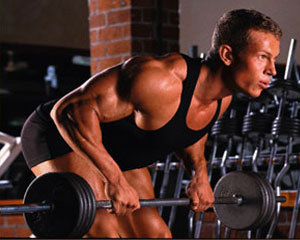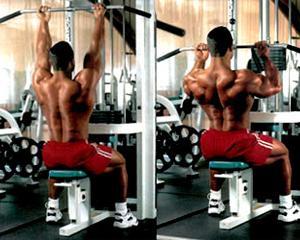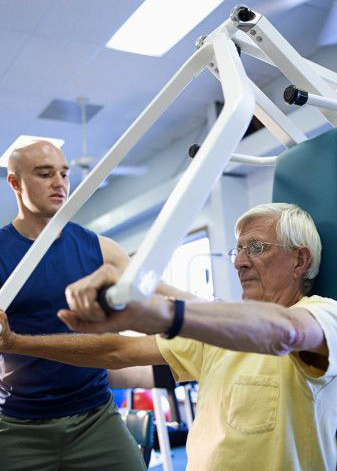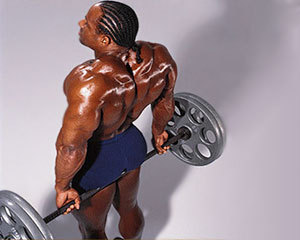LIFE LIFE
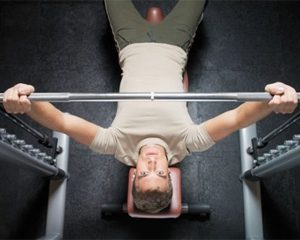 One of the tendencies in power sports is one trend: they often may not pay enough attention to such basic exercises as squats or deadlifts, but this never happens with the bench press. The bench press is really incredibly popular, and even very distant people from the gym, once inside it, intuitively start classes with a bench press. And the weight of the bar raised from the chest is a kind of universal rank among the students.
One of the tendencies in power sports is one trend: they often may not pay enough attention to such basic exercises as squats or deadlifts, but this never happens with the bench press. The bench press is really incredibly popular, and even very distant people from the gym, once inside it, intuitively start classes with a bench press. And the weight of the bar raised from the chest is a kind of universal rank among the students.
And now some dry facts. The bench press refers to one of the three basic exercises in bodybuilding and powerlifting. Performing the bench press perfectly develops all the chest muscles, deltoids and triceps. This is the best exercise for gaining weight and developing the strength of the pectoral muscles.
There are a great many variations of the bench press, each of which emphasizes the load on different muscles.
Performance technique
The correct technique in this exercise will protect you from injury to your shoulders and lower back, as well as protect your joints.
Technique of the exercise:
1. Lie on a horizontal bench. The head, shoulders and buttocks are pressed to the bench, and the back in the lumbar region is slightly arched, the feet are completely on the floor. Grasp the neck grip wider shoulders and palms up.
2. Remove the barbell from the stops and squeeze it up until the arms are fully elongated. At this point, the bar should be located above the middle of the chest. This is the starting position.
3. While inhaling, lower the barbell at a slow or moderate pace on the chest. Touching your chest lightly, hold your breath and squeeze the barbell upward at a fairly fast pace. After passing the dead center, take a breath.
It is important to know:
If you are going to squeeze an impressive weight, be sure to do it under the control of a partner. Remove the bar from the stops with it too. Also, do not forget about elastic wrist bandages.
When lifting or lowering the barbell, never twist your head and look directly at the center of the bar. Do not lower the barbell on the stomach or close to the neck; this is fraught with injuries, the safe area is in the nipple area.
Do not pause or relax the muscles at the lowest point: as soon as the bar has touched your chest, immediately push it upwards.
Retention of breath helps to keep the body in a stable position, as well as to develop more powerful muscular effort. Remember, a long delay leads to an increase in blood pressure, which is unsafe.
Doing the bench press, do not tear the buttocks off the bench (the so-called “bridge”) and put your feet on the floor
Embodiments of
Press on the inclined bench. This option will be good in the case when, due to the physical characteristics of the bench press exercise, the lower part of the pectoral muscles increases disproportionately.
Bench press on a bench with a slope down. This variant of the exercise is to emphasize the lower part of the pectoral muscles.
Bench press in the simulator. In this case, the press is performed in a special simulator where the bar moves vertically.
Working muscles while bench press
The following muscle groups receive the greatest load:
chest muscles
deltoid muscles
triceps
Alternative exercises
Dumbbell bench press
Push-ups on the bars
